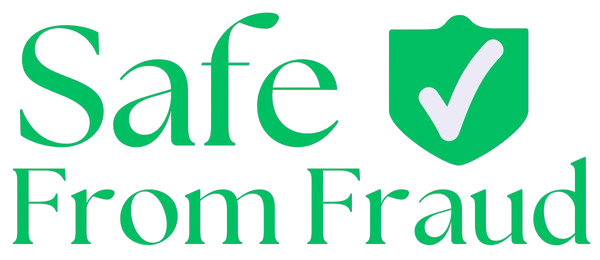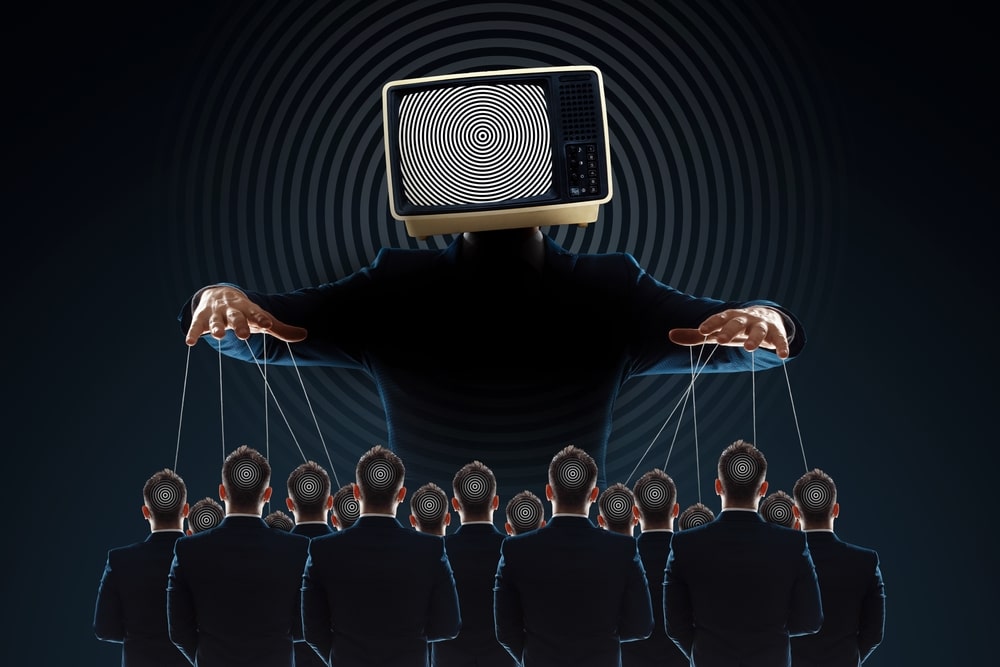Propaganda is a powerful tool used to influence public opinion, shape beliefs, and drive behaviors. Understanding the propaganda model, its mechanisms, and its effects can help individuals become more discerning consumers of information. This article explores the propaganda model, provides examples of its application, and examines how media uses propaganda to sway people’s attitudes and beliefs.
The Propaganda Model: An Overview
The propaganda model was developed by Edward S. Herman and Noam Chomsky in their book “Manufacturing Consent: The Political Economy of the Mass Media”. It describes how media operates in a way that serves the interests of dominant, elite groups. The model suggests that media content is filtered through various mechanisms, resulting in biased information that supports powerful societal interests.
How Does the Propaganda Model Work?
The propaganda model operates through five primary filters:
1. Ownership
- Media Ownership: Most major media outlets are owned by large corporations, whose interests align with those of the political and economic elite.
- Profit Motive: Media companies prioritize content that supports their financial interests, influencing editorial decisions and news coverage.
2. Advertising
- Revenue Dependency: Media relies heavily on advertising revenue, leading to content that attracts advertisers and avoids controversy.
- Advertiser Influence: Advertisers have significant control over media content, discouraging coverage that may conflict with their interests.
3. Sourcing
- Reliance on Official Sources: Media often depends on government and corporate sources for information, limiting diverse perspectives.
- Access Journalism: Reporters maintain relationships with powerful sources, potentially leading to biased reporting to maintain access.
4. Flak
- Negative Feedback: Powerful entities use criticism and pressure to discredit or suppress unfavorable media content.
- Public Relations: Organizations employ PR tactics to shape media narratives and counter negative coverage.
5. Ideology
- Cultural Norms: Media reinforces prevailing cultural norms and ideologies, marginalizing alternative viewpoints.
- National Interests: Content is often framed to align with national interests, promoting a sense of unity against perceived threats.
Examples of Propaganda in Action
Propaganda can take many forms and be applied across various contexts. Here are some notable examples:
1. War Propaganda
- World War II: Governments used posters, films, and speeches to rally support and demonize enemies.
- Iraq War: Media coverage often emphasized weapons of mass destruction to justify military action.
2. Political Campaigns
- Election Advertisements: Candidates use targeted ads to highlight achievements and attack opponents.
- Misinformation: Spreading false information to undermine political rivals and influence voter perceptions.
3. Corporate Propaganda
- Brand Image: Companies use marketing campaigns to shape public perception and build brand loyalty.
- Crisis Management: Corporations employ PR strategies to mitigate negative publicity during scandals.
Media’s Use of Propaganda
| Propaganda Technique | Description | Example |
| Bandwagon | Encouraging people to join a cause because others are doing it | Political rallies |
| Card Stacking | Presenting only positive information and omitting negative aspects | Product advertisements |
| Glittering Generalities | Using vague, emotionally appealing phrases that lack substantive information | Patriotism in wartime posters |
| Name-Calling | Attaching negative labels to opponents | Political smear campaigns |
| Testimonial | Endorsements from celebrities or authority figures | Celebrity product endorsements |
| Plain Folks | Presenting leaders as ordinary citizens to gain trust | Political speeches |
| Fear Appeal | Using fear to persuade people to adopt certain beliefs or actions | Public safety campaigns |
Media’s Use of Propaganda to Persuade People’s Attitudes, Beliefs, and Behaviors
Media plays a significant role in shaping public opinion through various propaganda techniques. Here’s how media uses propaganda to influence people’s attitudes, beliefs, and behaviors:
1. Agenda Setting
- Prioritizing Issues: Media determines which issues receive attention, influencing public perception of importance.
- Framing: The way stories are presented affects how audiences interpret and understand events.
2. Cultivation Theory
- Long-term Influence: Media exposure gradually shapes viewers’ perceptions of reality.
- Normalization: Repeated exposure to certain narratives leads to the normalization of specific beliefs and behaviors.
3. Social Proof
- Conformity: Media highlights popular opinions, encouraging individuals to conform to societal norms.
- Peer Influence: Social media platforms amplify peer influence, shaping attitudes through likes, shares, and comments.
4. Repetition and Consistency
- Message Repetition: Repeated messages reinforce beliefs and make them more memorable.
- Consistent Narratives: Consistent messaging across various platforms strengthens credibility and trust.
To better understand how propaganda operates across different media platforms, let’s compare traditional and social media:
| Aspect | Traditional Media | Social Media |
| Reach | Limited by physical distribution | Potentially global and instant |
| Speed of Spread | Relatively slow | Rapid, viral potential |
| Source Credibility | Often perceived as more credible | Varies widely, prone to misinformation |
| Targeting | Broad demographic groups | Highly personalized, data-driven |
| User Interaction | Limited (letters to the editor, call-ins) | High (comments, shares, likes) |
| Content Creation | Professional journalists | Anyone can create and share content |
| Regulation | More regulated, editorial oversight | Less regulated, platform moderation |
Countering Propaganda: Tools for Critical Media Consumption
The Impact of Propaganda on Society
Propaganda can have profound effects on society, shaping attitudes, beliefs, and behaviors in both positive and negative ways:
1. Positive Effects
- Public Awareness: Propaganda can raise awareness about important social issues, encouraging positive change.
- National Unity: During times of crisis, propaganda can foster a sense of unity and collective purpose.
2. Negative Effects
- Misinformation: Propaganda can spread false information, leading to misguided beliefs and actions.
- Polarization: Biased media coverage can contribute to societal polarization and division.
How to Recognize and Counter Propaganda
Recognizing and countering propaganda is essential for becoming a discerning consumer of information. Here are some tips:
1. Critical Thinking
- Question Sources: Evaluate the credibility and motives behind information sources.
- Analyze Bias: Identify potential biases in media coverage and consider alternative perspectives.
2. Media Literacy
- Educate Yourself: Learn about propaganda techniques and how they are used in media.
- Diversify Sources: Consume information from a variety of sources to gain a well-rounded understanding.
3. Fact-Checking
- Verify Information: Use fact-checking websites to verify the accuracy of claims.
- Cross-Reference: Compare information across different platforms to identify inconsistencies.
Read Also: What is Godi Media, and Why is it Called So
Conclusion
The propaganda model offers valuable insights into how media influences public opinion, shapes beliefs, and drives behaviors. By understanding the mechanisms and techniques of propaganda, individuals can become more informed and critical consumers of information. As media continues to play a significant role in society, recognizing and countering propaganda is essential for fostering a well-informed and engaged public.


